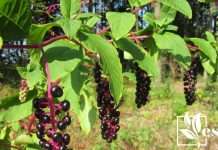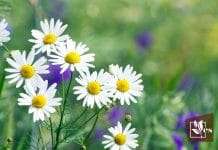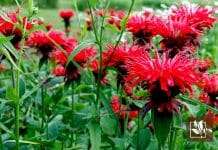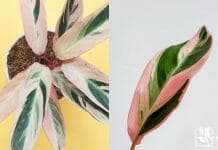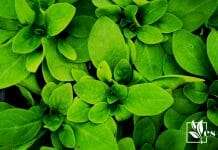What to put around palm trees is sometimes difficult. You might want to place some plants around them, but you’re not sure if they work together.
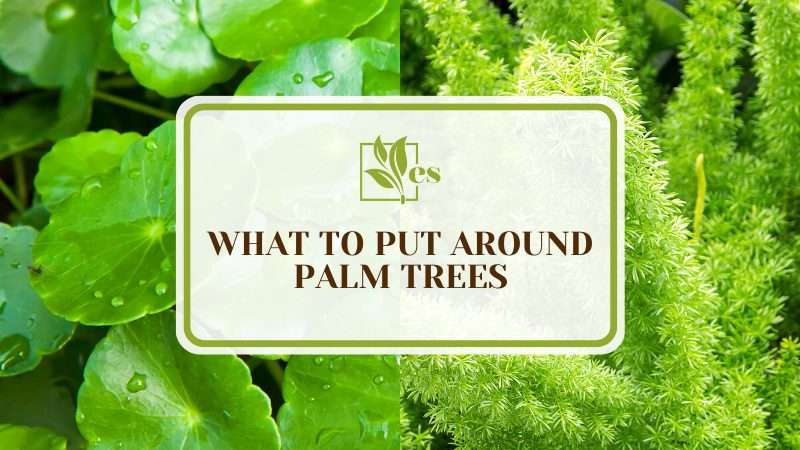
In this article, we make that process easier by listing the best options – think hibiscus and bird of paradise – to decorate around your Arecaceae family palm trees.
JUMP TO TOPIC
Amazing Plants to Put Around Palm Trees
1. Asiatic Jasmine
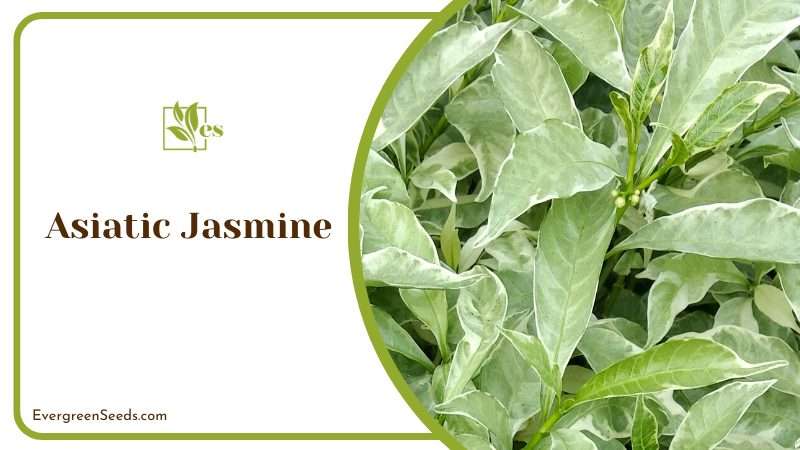
| Growing season |
|
| Growing conditions |
|
| Distinguishing Characteristics |
|
| Common issues |
|
White and dramatic, the Asiatic Jasmine is not a true jasmine. Instead, it is an evergreen vine with a creeping growth habit that suits many gardens.
This tropical plant prefers to grow in areas with temperatures that typically range from 70 to 85 degrees Fahrenheit. From bamboo palm trees to fishtail palms, you can’t go wrong when using the Asiatic Jasmine as a plant partner in your landscape design.
2. Hibiscus
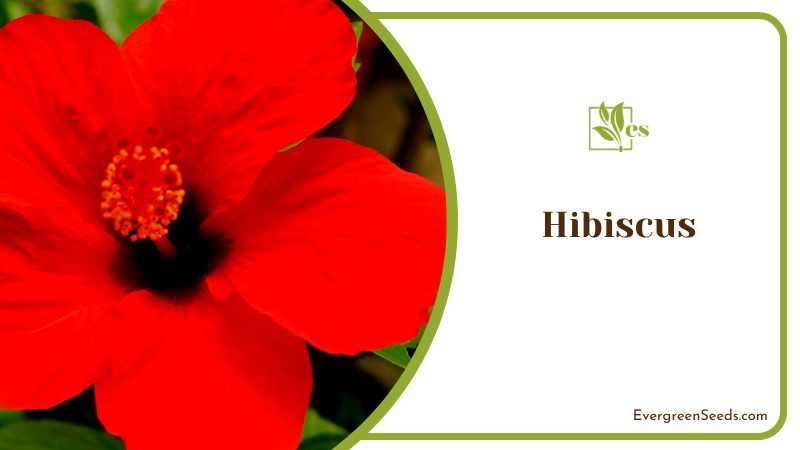
| Growing season |
|
| Growing conditions |
|
| Distinguishing Characteristics |
|
| Common issues |
|
Cultivate the hibiscus in temperatures that range from 60 to 85 degrees Fahrenheit as it is not tolerant of the cold. Water the soil, not the leaves. This will prevent mildew and other fungi from growing.
Make sure that the hibiscus gets at least six hours of full sun per day. This will encourage the plant to produce blooms that not only beautify the garden but also bring in beneficial birds and insects.
3. Asparagus Fern
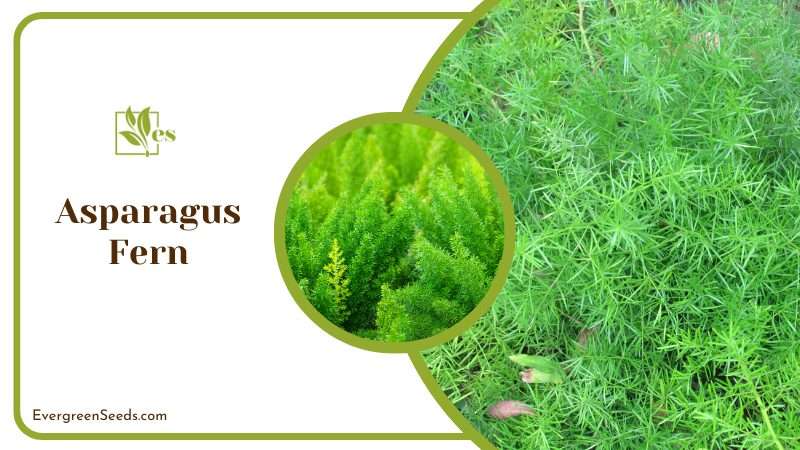
| Growing season |
|
| Growing conditions |
|
| Distinguishing Characteristics |
|
| Common issues |
|
Most tropical ferns prefer warm temperatures. The asparagus fern is no different as it thrives in temperatures from 70 to 80 degrees Fahrenheit.
They are not fussy about their pairings since asparagus ferns work well with small to large palms. Try growing this fern under a Queen palm tree or the Christmas palm.
4. Golden Shrimp Plant
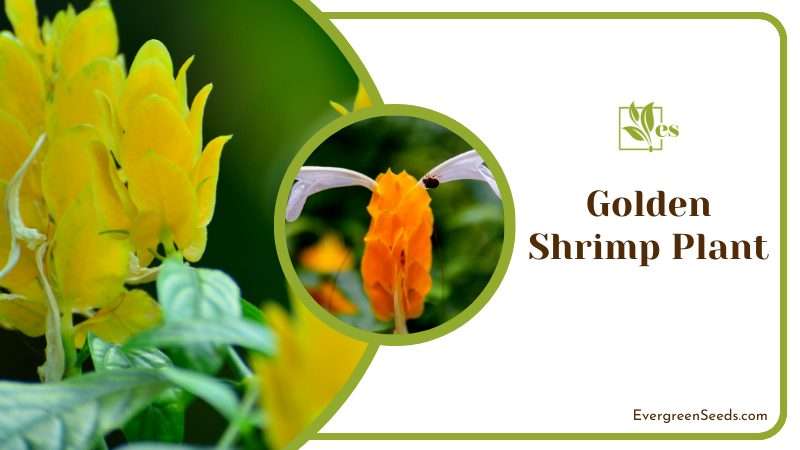
| Growing season |
|
| Growing conditions |
|
| Distinguishing Characteristics |
|
| Common issues |
|
Blessed with lush foliage and spectacularly unusual blossoms, this plant is a showstopper on its own. Ideally, they should be in temperatures 60 to 80 degrees Fahrenheit.
Given that the Golden Shrimp can get a bit tall, pair it with a palm tree that is medium to tall in height. Try the Carpenteria palm, Foxtail palm, or even the Acai palm as wonderful plant companions.
5. Bromeliads
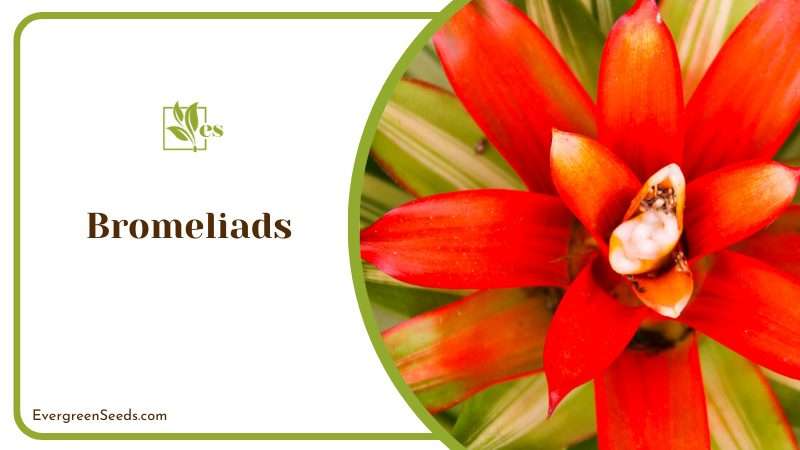
| Growing season |
|
| Growing conditions |
|
| Distinguishing Characteristics |
|
| Common issues |
|
Low-growing and evidently tropical, bromeliads always bring a touch of elegance and exoticism wherever they are grown.
Given that they are low-growing plants, bromeliads pair well with almost every palm. Some great palm trees to partner with bromeliads are Jelly palm, Saw Palmetto palm, and Bismarck palm.
6. Crotons
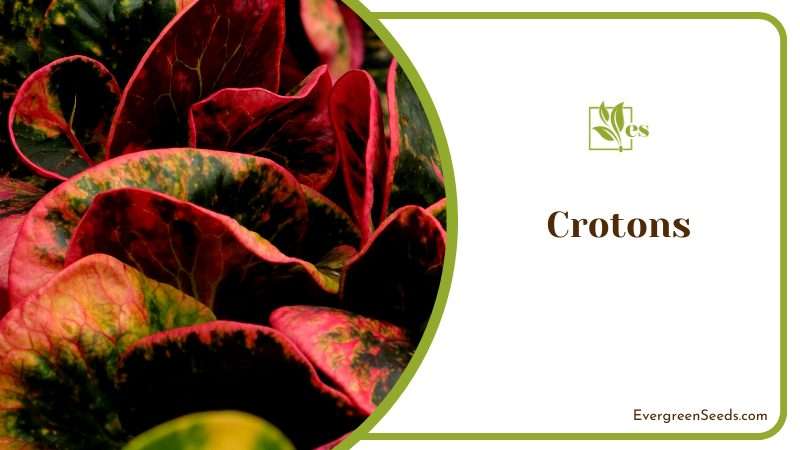
| Growing season |
|
| Growing conditions |
|
| Distinguishing Characteristics |
|
| Common issues |
|
Colorful, large, and bursting with personality, crotons are some of the best companion choices when you want to plant palm trees in your garden. Depending on the ones available to you, pick the crotons that suit your overall tree care.
Crotons come in different sizes, colors, and shapes. Just make sure that the crotons are shorter than the palm you currently have or plan to grow. You can also add more plants that look great with crotons.
7. Bird Of Paradise Plant
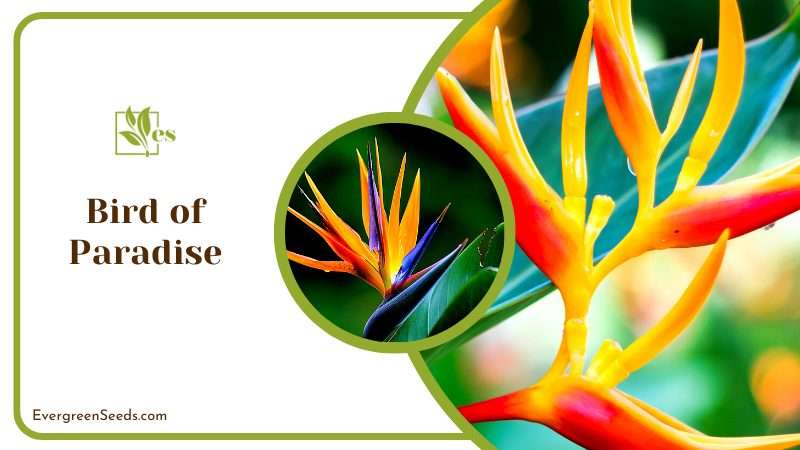
| Growing season |
|
| Growing conditions |
|
| Distinguishing Characteristics |
|
| Common issues |
|
Beautiful, colorful, and unusual, bird of paradise plants are majestic additions to any tropical garden.
Scientifically known as Strelitzia reginae, the bird of paradise plant thrives in warm temperatures ranging from 70 to 90 degrees Fahrenheit. Try to plant palms like the Date palm, the California fan palm, or even the Coconut palm.
8. Blue Ginger
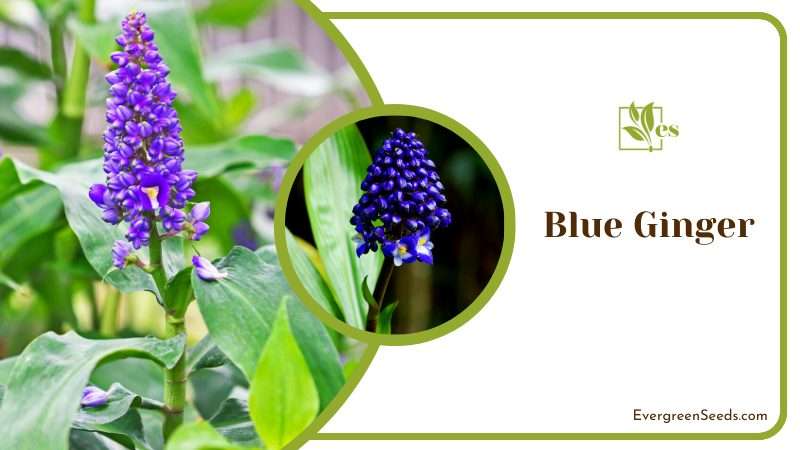
| Growing season |
|
| Growing conditions |
|
| Distinguishing Characteristics |
|
| Common issues |
|
It may look like most ginger plants, but the Blue Ginger is not a real ginger at all. This tropical plant thrives in areas where temperatures range from 60 to 80 degrees Fahrenheit.
You will do well to partner this tropical blue wonder with taller palm trees, such as the Sylvester Date palm, the Cabbage palm, or the Lipstick palm.
9. Orchids
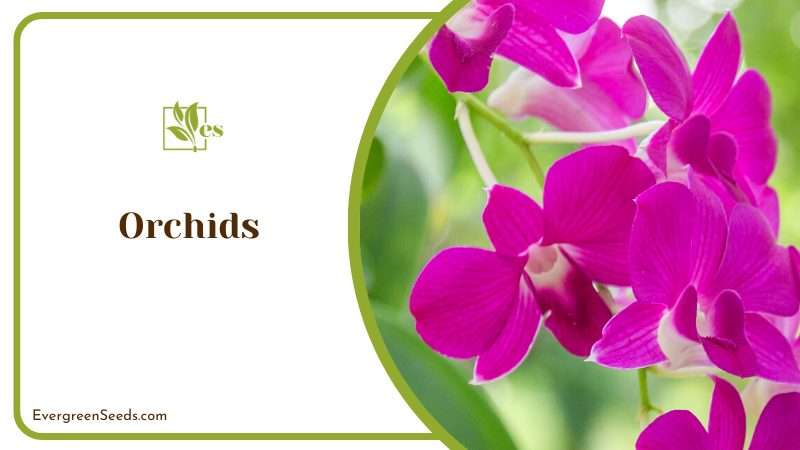
| Growing season |
|
| Growing conditions |
|
| Distinguishing Characteristics |
|
| Common issues |
|
Orchids are definitely some of the best flowers to plant under palm trees. They are ideal for any tall palm tree with a strong sturdy trunk.
This means that the Sago palm tree, even though blessed with a very strong trunk, is not ideal as it is short. Try pairing orchids with a Date palm, Canary Island Date palm, or Pindo palm.
10. Aloe Vera
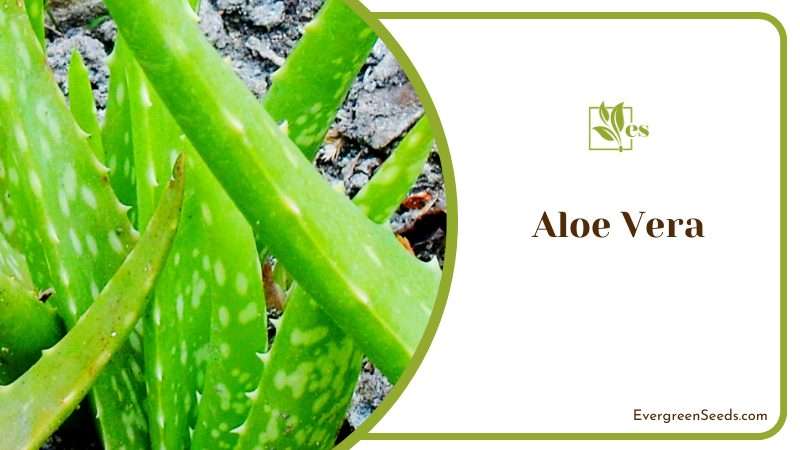
| Growing season |
|
| Growing conditions |
|
| Distinguishing Characteristics |
|
| Common issues |
|
Palms and aloe plants have many things in common. They thrive in warm regions, require very little care, and prefer to bask in the sun. Some aloe vera plants are also edible but you need to be able to identify them.
Aside from that, aloe vera plants can protect palms from unwanted visitors. Place some at the base of medium to tall palms, such as Bismarck palm, Saw Palmetto palm, and Jelly palm.
11. Snake Plants
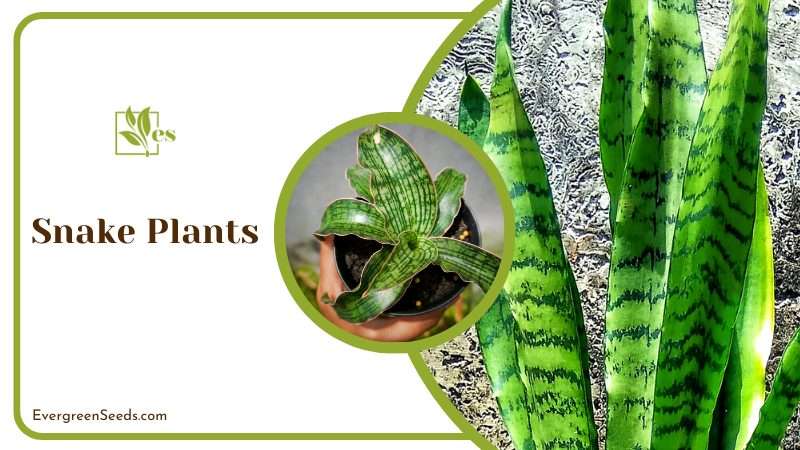
| Growing season |
|
| Growing conditions |
|
| Distinguishing Characteristics |
|
| Common issues |
|
These tough succulents thrive even in the shadiest places. Grown under the dappling light beneath palms, snake plants will beautify and protect the taller trees.
Snake plants come in various sizes, colors, and shapes. Finding one to suit your palm should be easy, regardless of its height or lack thereof.
12. Bougainvillea
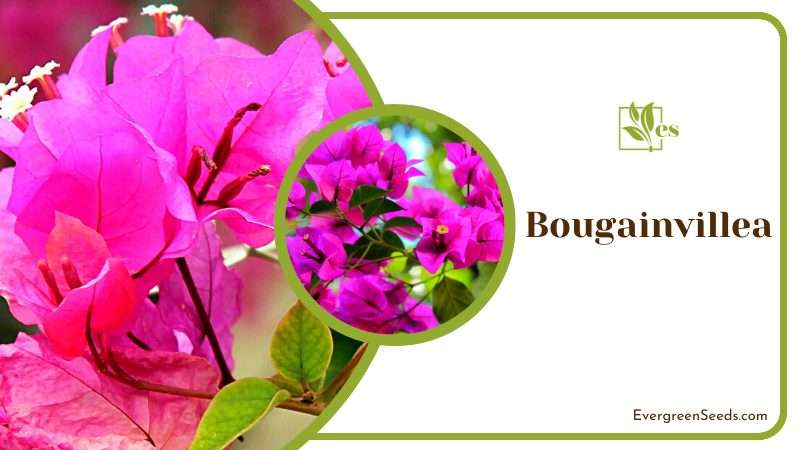
| Growing season |
|
| Growing conditions |
|
| Distinguishing Characteristics |
|
| Common issues |
|
Nothing says tropical that the vivid colors of the bougainvillea. While they do seem to look like flowers at first glance, the colorful parts are actually leaf bracts that encircle the true flowers. Some bougainvillea plants have thorns while others come without.
You can easily place some underneath your planted palms, as long as the bougainvilleas are well-trimmed.
13. Turmeric
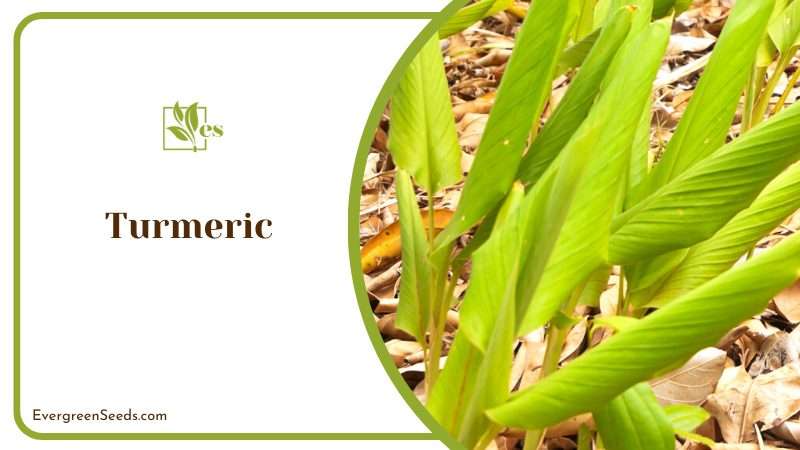
| Growing season |
|
| Growing conditions |
|
| Distinguishing Characteristics |
|
| Common issues |
|
This root herb has been a favorite plant in many Asian gardens, and the Western world is finally catching up to it. Blessed with many beneficial compounds, turmeric is grown for its healing properties in reducing swelling.
Since it has foliage similar to ginger, they are often mistaken for each other. Place turmeric around palms that are relatively short to medium in size.
14. Ginger
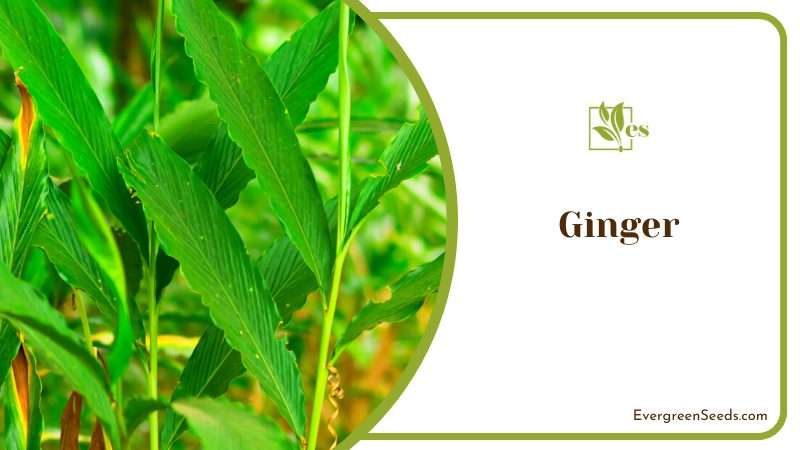
| Growing season |
|
| Growing conditions |
|
| Distinguishing Characteristics |
|
| Common issues |
|
Since turmeric is often mistaken as ginger, it makes sense to add ginger to this list. Aside from having an attractive foliage, ginger is valued for its ability to reduce gastrointestinal issues.
Aside from this, ginger is a popular spice used in many dishes. Place some ginger around palms, such as Christmas palm or foxtail palm.
15. Christmas Fern
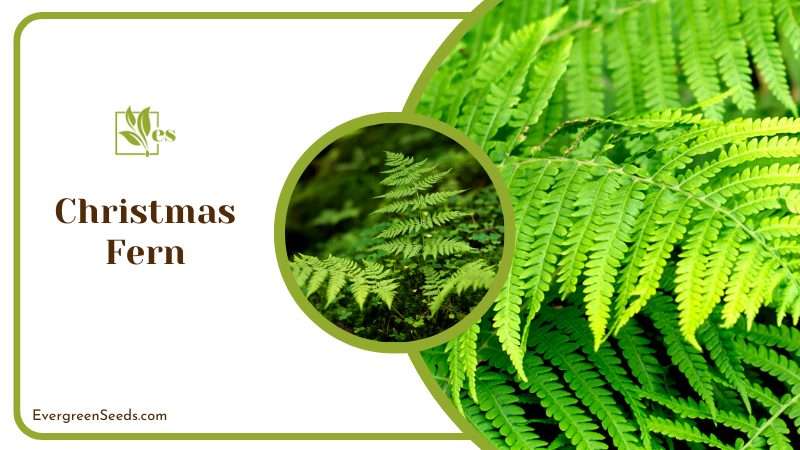
| Growing season |
|
| Growing conditions |
|
| Distinguishing Characteristics |
|
| Common issues |
|
Most ferns are well-suited to be grown around palms, and the Christmas fern is no exception. Due to its resiliency and versatility, this fern can be placed almost anywhere, as long as it is not overly exposed to direct sun.
While it can tolerate some drought, it’s best to keep the surrounding soil moist. Pair this fern with palms that are medium to large in size.
16. Cycads
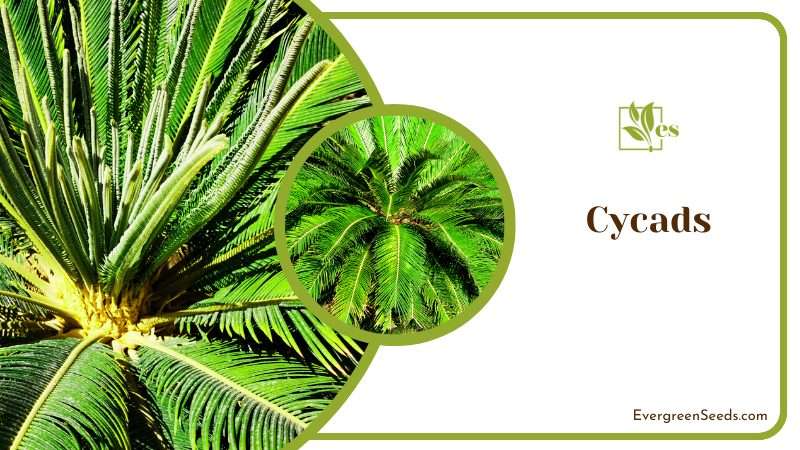
| Growing season |
|
| Growing conditions |
|
| Distinguishing Characteristics |
|
| Common issues |
|
These plants are closely related to palms and ferns due to their shared lineage. Somewhere along the line, cycads deviated from the palm family and became their own species.
Tough, resilient, and tolerant of harsh conditions, cycads grow well with many tropical plants. Since they are slow growers, place some cycads around palms that are medium to tall in stature.
17. Yucca
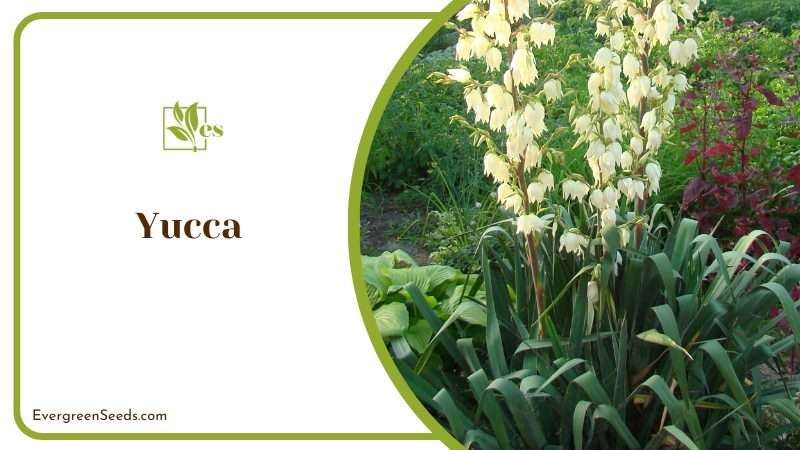
| Growing season |
|
| Growing conditions |
|
| Distinguishing Characteristics |
|
| Common issues |
|
The yucca plant is another specimen that is well-suited for warm climates. These plants are known to tolerate some drought, which fit perfectly with most palms.
However, it’s still best to water them regularly to keep them well-hydrated. Since yucca plants can get over 6 feet tall, place them around tall palms.
18. Bananas
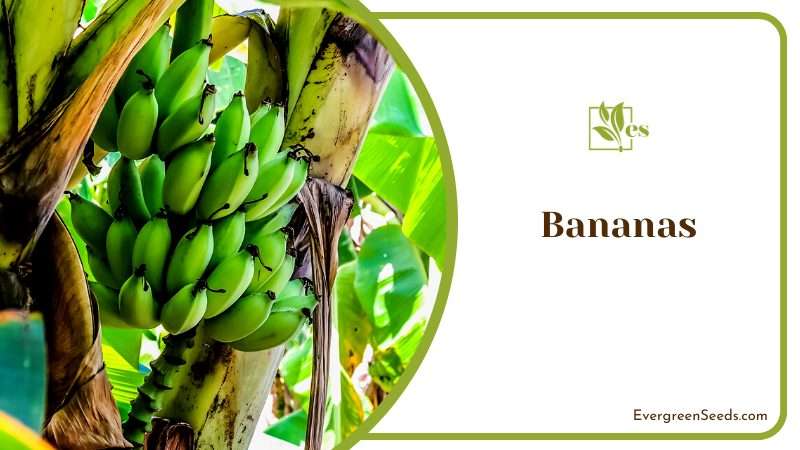
| Growing season |
|
| Growing conditions |
|
| Distinguishing Characteristics |
|
| Common issues |
|
Pair lush palm foliage with even lusher leaves from banana trees. Both of these tropical plants grow under similar conditions, making them perfect companions for warm-climate landscapes.
Aside from their beauty, you can enjoy harvesting bananas once they are ripe. Place some banana plants around tall palms to highlight their magnificence. You can also add some other plants that look like banana trees.


